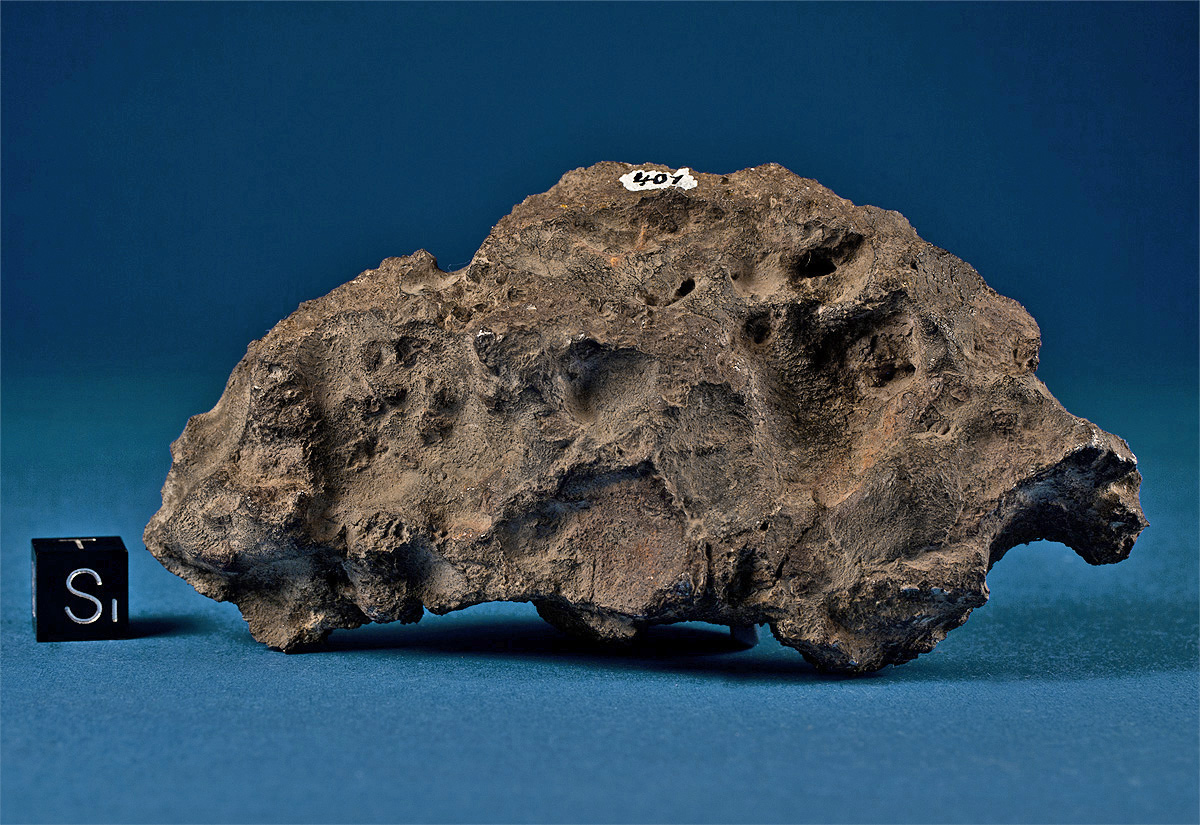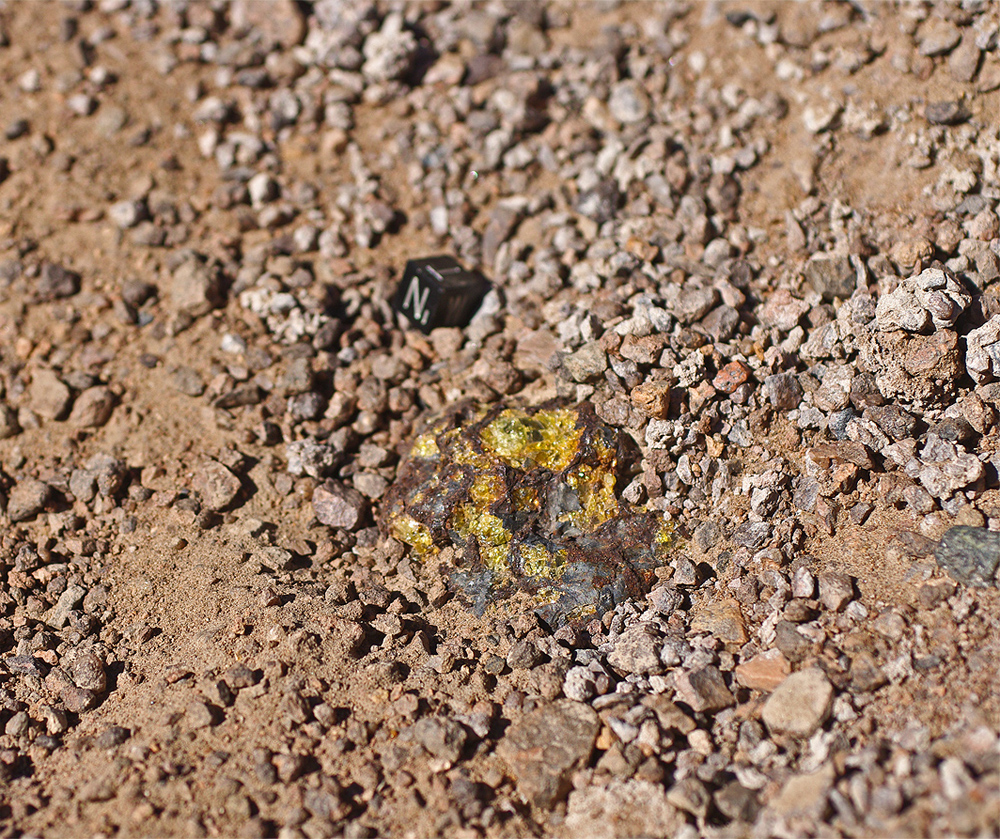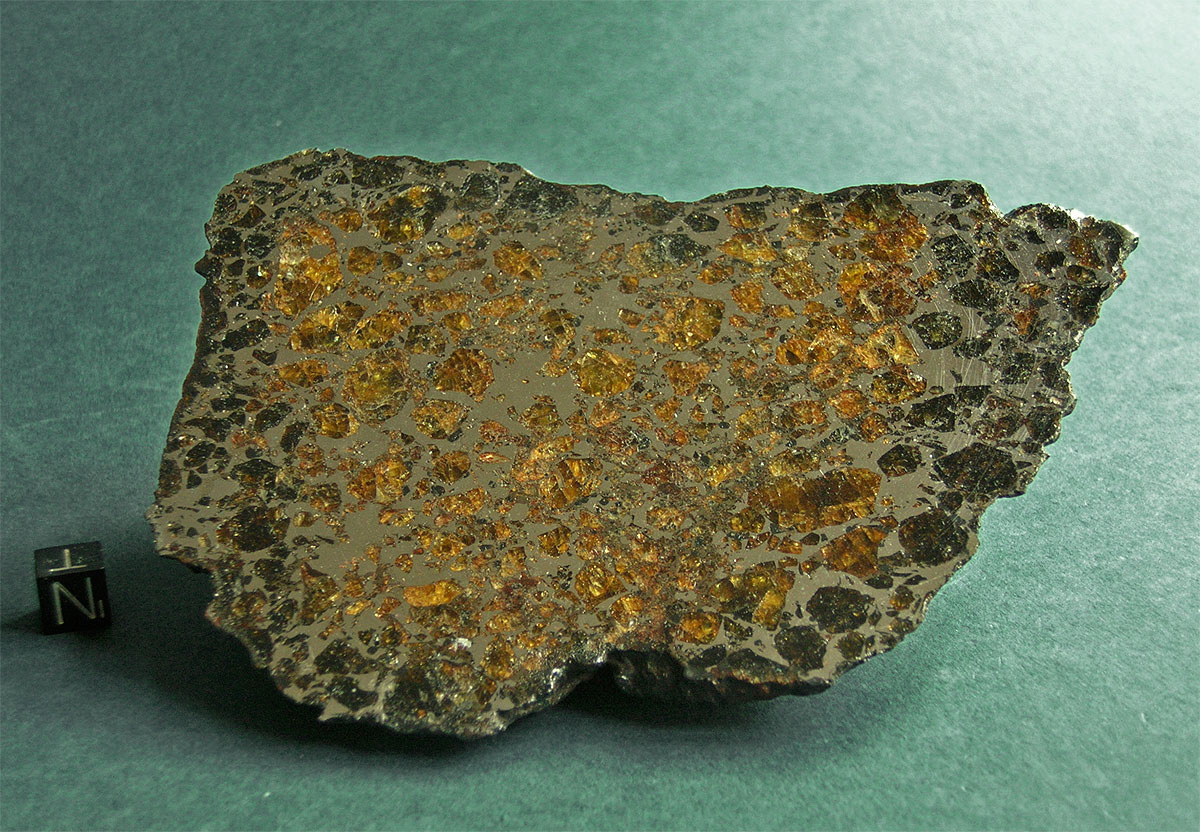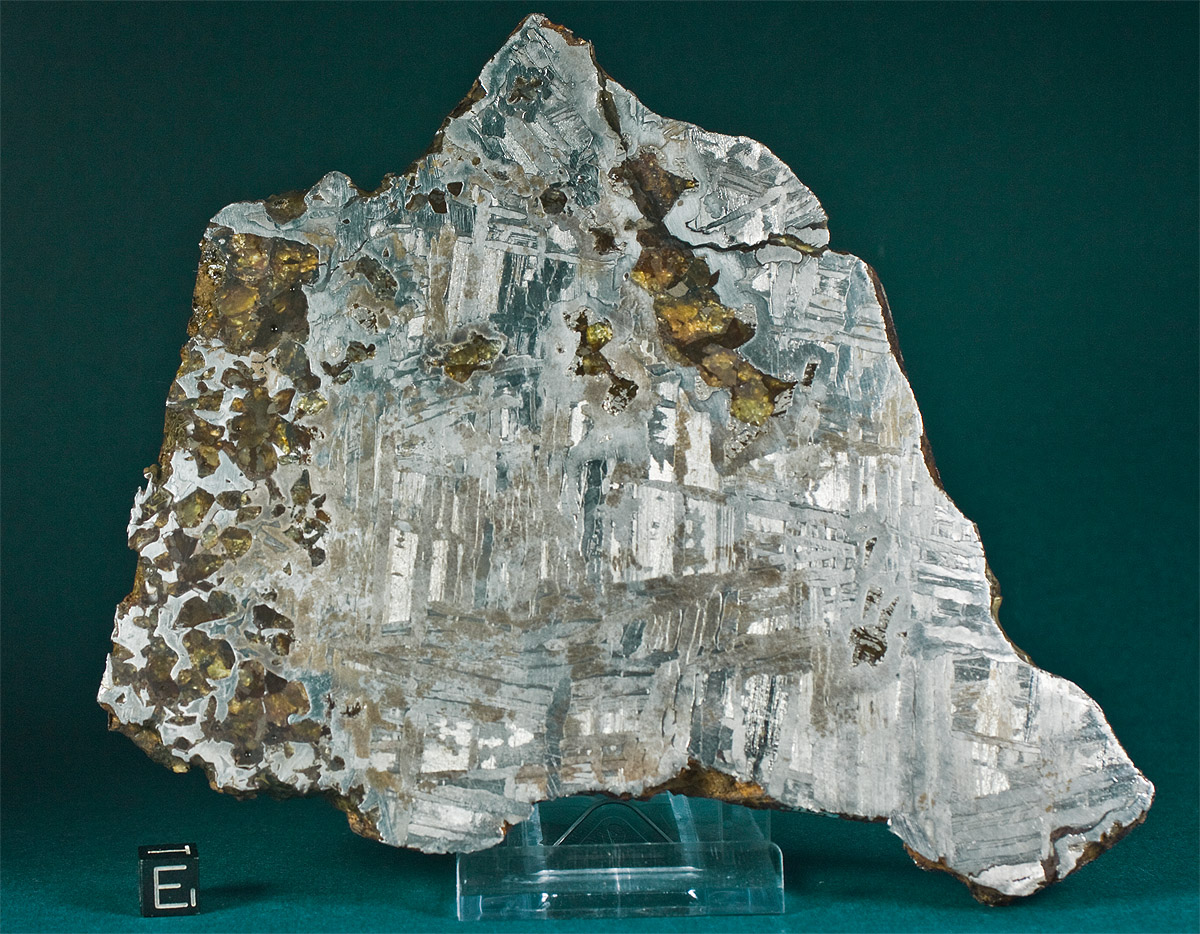Meteorite Recon | Stony Irons
Meteorite search expedtions into continental deserts, meteorite features, collection specimens and photography
Meteorites, Meteorite, meteoritic, iron, meteorites, photos, pictures, in situ, strewnfield, strewn field, impact, fall, finds, Meteorite searching
145
archive,tax-portfolio_category,term-stony-irons,term-145,eltd-core-1.0.1,ajax_fade,page_not_loaded,,borderland-ver-1.8, vertical_menu_with_scroll,smooth_scroll,paspartu_enabled,paspartu_on_top_fixed,paspartu_on_bottom_fixed,transparent_content,grid_1300,wpb-js-composer js-comp-ver-6.0.3,vc_responsive,elementor-default,elementor-kit-6471
Pallasite, main group
Atacama desert, Antofagasta, Chile
Find: 1822
TKW: 960 kg, many pieces
Two individuals: 320 g and 143 g
The Location of the Imilac Meteorite crater and associated meteorites is known to Europeans since 1822. The meteorite itself is a gem as old as the solar system. With its high density of beautiful olivine crystals this particular pallasite is highly sought after by collectors.
These are pallasite individuals from the uprange end of the strewnfield with patches of preserved fusion crust and single olivines embedded in the Ni-Fe matrix. The upper two photos show the specimens in situ and in as-found-condition, 5-10 cm below the pediment surface. The scale cube is 1 cm.
Stone-iron, Pallasite (PAL)
District Gomel, Minsk, Belorussia
Find: 1810
TKW: 823 kg
Endcut 1,091 g
Until today, meteorites are being found in the vast strewn field of the Brahin meteorite. The mostly large individuals (>30 kg) are buried up to 6 feet in the sandy soil. Ammunition and shrapnel from the heavy fighting in 1944 hampers the search and the recovery of the meteorites in the area. This selceted specimen has been perfectly prepared and shows a broad variety of mirror polished olivine crystals. The conserved rear side gives an impression of the appearance of a pallasite surface in find condition.
Stony-iron, pallasite, main group
Magadan district, USSR
Find: June 1967
TKW: >323 kg
Fullslice 847.20 g
“The larger specimen has been found by the geologist F. A. Mednikov during a geological survey. The meteorite hardly seen was lying among the stones of the brook-bed. The smaller specimen was found at a distance of 20 m from the first one by I. H. Markov with a mine detector in october 1967. The main mass was turned to the Academy of Sciences of the USSR.” (Meteoritical Bulletin nr. 43) In recent years Russian prospectors have found more meteorites of the Seymchan pallasite at the original find location, some of them weighing as much as several hundred kilos. Most of the material, however, is not of the pallasitic but of the sideritic phase. This is an etched fullslice showing the transition phase of the pallasitic and the sideritic material.

Stony Iron, mesosiderite A3/4
Emmet County, Iowa, USA
Fall: May 10, 1879
TKW: 320 kg
Endcut: 176.7 g
Late on a Saturday afternoon, May 10, 1879, many persons in and around Estherville, Emmet County, were startled by a terrific explosion in the sky. The earth trembled, china shifted on cupboard shelves, doors and windows jarred, and window panes were broken. The explosion was followed by thunderous sounds and the appearance of what seemed a ball of fire, traveling from southwest to the northeast. Three persons north of town, more than half a mile apart, saw dirt fly high into the air. A meteorite had fallen to Earth! The main body of the descending mass fragmented in the final stage of the flight and continued in the shape of several fragments. Two people crossing the prairie in an open rig near Superior, Iowa, 6 miles west of Estherville, found themselves directly under the mass when it exploded. They reported the three large pieces took separate directions, trailing ribbons of vapor which formed a crow’s foot in the sky. A herdboy near Superior, reported that falling stones had caused his cattle to stampede, and other boys at Four Mile Lake said the placid water had been peppered with small pebbles. Apart from a number of smaller specimens, three large pieces weighing 431, 151 & 106 pounds were later recovered. When the largest mass struck, it buried itself 15 feet in the ground. The Event became known as the Estherville, Iowa Meteorite. Portions of the recovered specimens are on display in the Estherville Public Library, the Smithsonian Museum of Natural History, the Museum Reich der Kristalle in Munich and the Naturhistorisches Museum in Vienna, Austria. Estherville is a relatively rare stony iron Meteorite (mesosiderite A3/4).







